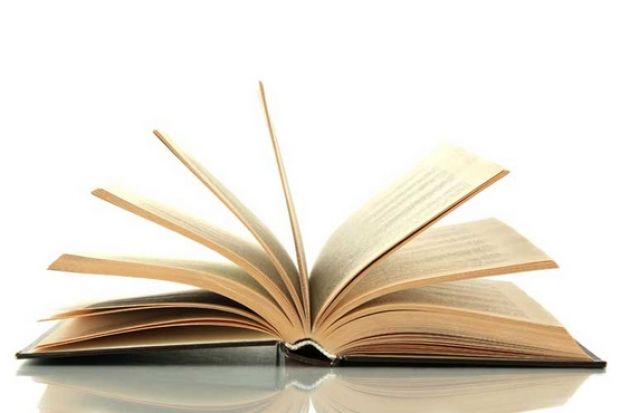So, what sort of person do secondary school teachers think our university students should be?
Lists of books (or literary canons), like TES’s top 100 books to read before leaving school, are about identity as much as anything else.
The author Toni Morrison (who is at number 40 on this particular list with Beloved) wrote that: “Canon building is empire building. Canon defence is national defence. Canon debate, whatever the terrain…is the clash of cultures.”
Even so, it is, perhaps, mischievous to suggest that teachers think students should respect men more than women (three-quarters of the writers on the list are men) and follow a mainly white curriculum (only about a tenth of the books are by non-white authors).
Do teachers also think students should know about war? It’s striking how many of the books are directly about the First and Second World Wars and the Cold War, and how very many more are indirectly about them (the Harry Potter books, after all, refight the Second World War, just as Brave New World prefigures it. The Lord of the Rings, of course, epically restages both).
Four or five of the other books on the list concern different wars.
However, students needn’t know that much about what went on before the 20th century, it seems. Only 16 of the novels pre-date 1900. Indeed, the list tells us that it’s more important that they know about North America (more than 20 books).
If we measured this list by total number of pages, we’d discover that the list assigns great value to knowing about the dragons of Westeros, the setting of George R. R. Martin’s A Song of Ice and Fire series (which includes A Game of Thrones). The series is five volumes strong (with more to come), and thousands of pages long.
Surely one doesn’t expect a teenager to have read, say, A Feast for Crows, the fourth book, even though it contains, to be fair, Martin’s best passage of writing?
Of course, there are trends that come and go. No Kim (Rudyard Kipling). No Mervyn Peake. No Charlie and the Chocolate Factory (perhaps Willy Wonka looks too obviously like a “groomer” now?).
But it’s great to see Kazuo Ishiguro’s superb Never Let Me Go, as well as Mark Haddon’s Curious Incident of the Dog in the Night-Time, David Almond’s Skellig and Malorie Blackman’s Noughts and Crosses next to evergreens like Barry Hines’ A Kestrel for a Knave and subversive national treasure Jacqueline Wilson.
There are some odd things about genre in this list, too. The moving memoir When Hitler Stole Pink Rabbit by Judith Kerr is on this list of “fiction”, as is Schindler’s Ark (even the author is unclear if this is fiction or history).
If Kerr’s memoir is there, why not Primo Levi’s If this is a Man? Instead, the Holocaust is principally (mis)represented by the awful, wrong-headed, saccharine and untrustworthy The Boy in the Striped Pyjamas.
And while it’s great to see Alan Moore’s and David Lloyd’s V for Vendetta on the list, I feel pretty sure that graphic novels can have their own list. And wouldn’t it be really constructive to see similar lists for poetry, for popular science, for drama, and for other non-fiction?
However, perhaps no one could or should quibble with Nineteen Eighty-Four as the top pick: a novel where political importance (past and present), literary art and the development of some shared culture meet.
The sort of novel that teaches someone leaving school about the past, warns them about the present, and makes them listen to a voice that skilfully does both.
Robert Eaglestone is professor of contemporary literature and thought at Royal Holloway, University of London.




